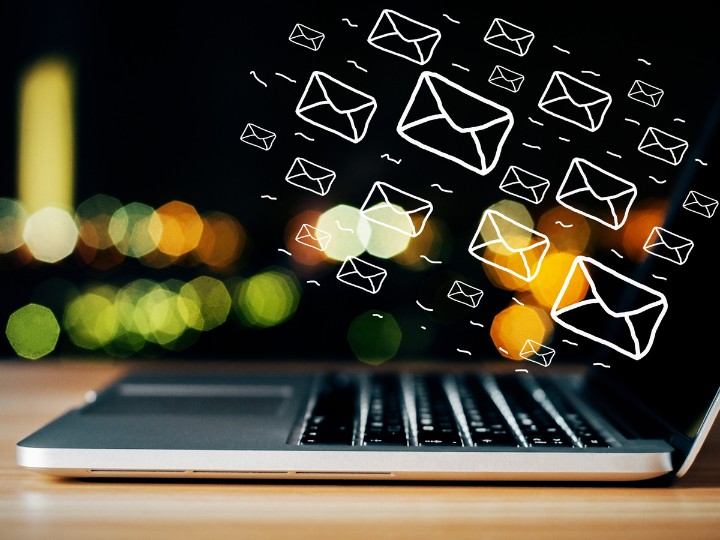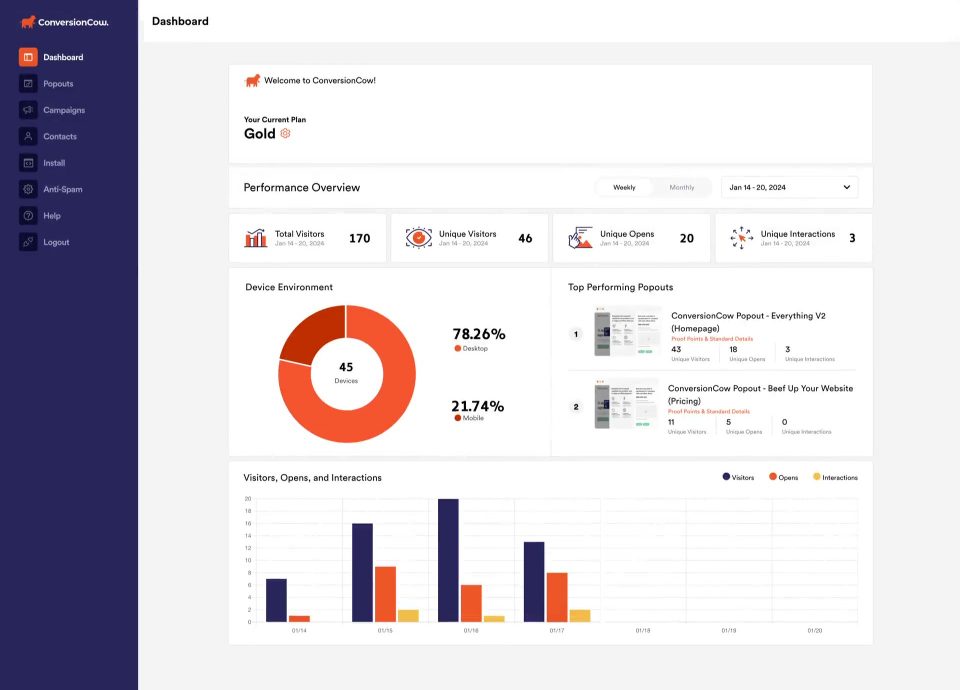
It is not just your appointment scheduling process that can greatly affect your client engagement and conversion. Even the way you invite them to a meeting can also influence their perception and willingness to attend. In fact, 47% of attendees consider meetings a “waste of time.”
Engaging your clients from the outset requires a strategic approach to your invitation email. This, in turn, will ensure that every meeting invitation email you send translates into an opportunity to acquire valuable conversion.
Read on as we share the client meeting invitation dos and don’ts that every business should know to enhance their client engagement.
Dos
Be Clear and Concise
Brevity – this is one of the first things you should consider when creating an email. Yes, it is important that you provide all the information they need, but you should consider its length.
Remember, no one reads a lengthy email. Thus, it’s essential to keep the message clear and to the point. You must avoid unnecessary jargon or lengthy explanations and focus only on the key details.
These include:
- Purpose
- Date
- Time
- Location
Highlighting these 4 key pieces of information is crucial to reduce the chances of miscommunication. This will also ensure that the client understands the purpose of the meeting and will prevent you from overloading them with information.
Personalize the Message
Personalizing your messages is what humanizes business. Thus, making it relatable.
You should make sure that you are sending out emails that align perfectly with what the client does. Steer clear of sending out generic emails, as this will only make you look less credible, or, in the worst-case scenario, you may even get tagged as spam.
So rather than sending a generic email, address the client by name and, if possible, reference previous conversations or projects. This may demonstrate that you have taken the time to consider their situation and that the meeting is intended for them. Doing so can greatly help you establish a connection with the client and show that you value their needs.
Highlight the Benefits
Keep in mind that clients are more likely to engage with your meeting invitation if they understand what’s in it for them.
With that, you must clearly discuss the value they will gain from attending the meeting. Here are some benefits that you can highlight:
- Receiving a solution to a problem
- Discussing growth opportunities
- Learning about new offerings
Focusing on the benefits ensures that your meeting’s purpose aligns with the client’s interests and priorities. In exchange, your prospective client may even thank you for not wasting their time and providing them the value of your service.
Use a Friendly Tone
While many marketers will highlight the importance of professionalism, adopting a friendly tone in your meeting invitation is much more important. This will make your client feel more comfortable with you rather than a formal, rigid email that can sometimes come across as cold or impersonal
Using phrases like “I look forward to our conversation” or “I’m excited to discuss this further” helps to convey enthusiasm. This will help break down barriers to foster a more collaborative atmosphere before the meeting even begins.
Include a Call to Action
A well-written email should always end with a clear call to action, guiding the client on the next step. Without it, your email may leave the client unsure of how to proceed, which could lead to delays or confusion.
Here are some tips to write a good call to action:
- Create urgency
- Use action verbs
- Make it stand out
- Keep it short
- Position strategically
- Test different variations
- Include multiple CTAs sparingly
Don’ts
Steer Clear of Jargon
Using industry-specific jargon or technical terms can alienate clients who may not be familiar with your field.
While jargon can be a great way to highlight your expertise, it can also create confusion and lead to misinterpretations. As a result, it may undermine the main purpose of your email.
Instead, aim for clarity by using simple, straightforward language that everyone can understand. If jargon is unavoidable, make sure to provide a clear explanation of the terms. Doing this will ensure that your message is accessible to all clients – regardless of their expertise.
Don’t Neglect Follow-Up
Every business should know that failing to follow up can result in missed opportunities. Don’t just wait for your client to respond to you.
A timely follow-up is important to show that you are proactive and genuinely interested in the meeting. Following up also allows you to address any questions or concerns they might have before the meeting.
Avoid Ambiguity
Clearly outline the meeting’s purpose, date, time, and any specific agenda items to ensure everyone is on the same page. Ambiguity can create uncertainty about what the meeting entails. This can lead your clients to either decline or attend without adequate preparation.
Wrap Up
Ready to start sending emails out?
Keep in mind that effective client meeting invitations are more than just for formal purposes. They are also a powerful tool for businesses to enhance engagement and establish rapport.
By implementing the dos and don’ts discussed, you can create invitations that resonate with clients and encourage them to participate. This will not only improve your client relationships but also maximize your chances of converting meetings into valuable opportunities.
Related Articles
See All
Marketing
Tracking Your Conversions With ConversionCow

Marketing
Top Video Marketing Tools for 2024 – Exploring Alternatives to YouTube & TikTok for Enhanced Marketing Strategies

Marketing
2024 Current Trends & Future Outlook On Facebook, Instagram & TikTok

Marketing